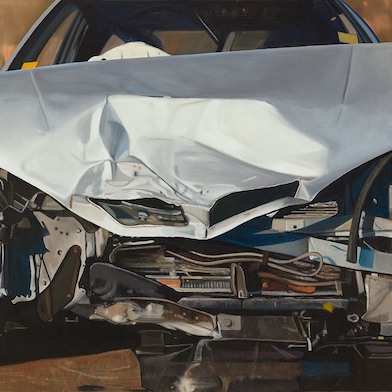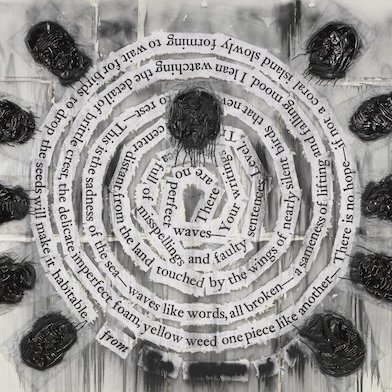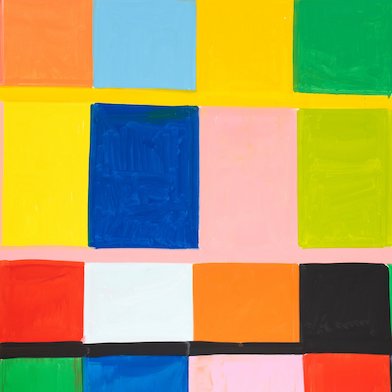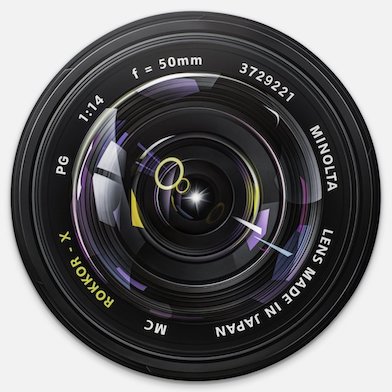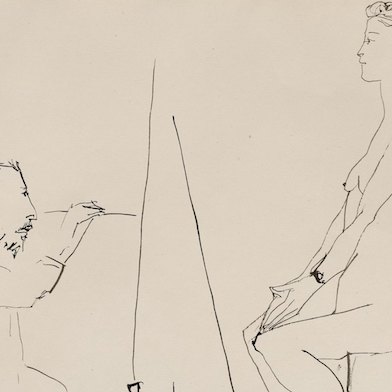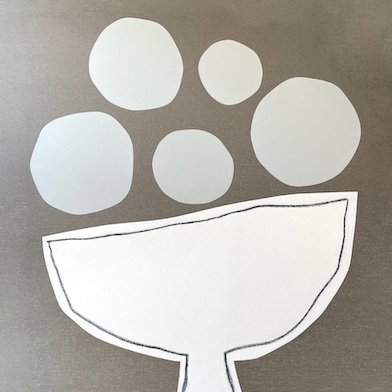Open: Daily 10.30am-6.30pm, Fri 10.30am-9.30pm
Visit
POP ART - Icons that matter. Collection of the Whitney Museum of American Art, New York
Musée Maillol, Paris
Fri 22 Sep 2017 to Sun 21 Jan 2018
61 rue de Grenelle, 75007 POP ART - Icons that matter. Collection of the Whitney Museum of American Art, New York
Daily 10.30am-6.30pm, Fri 10.30am-9.30pm
Begun by the famous sculptor and patron of the arts, Gertrude Vanderbilt Whitney (1875-1942), the collection of the Whitney Museum of American Art of New York provides a veritable anthology of 20th and 21st century American art.

This collection contains remarkable artworks from the Pop Art Movement. Including paintings, sculptures and prints, more than sixty works are presented for the first time in Paris.
The exhibition focuses on Pop Art in post-war American art, from the beginning of the 1960s to the end of the 1970s, and includes formative figures from the Pop Art movement: Robert Rauschenberg and Jasper Johns, the sculptures and monumental canvases of Claes Oldenburg, Tom Wesselmann, James Rosenquist, and Alex Katz, the serigraphs of Andy Warhol, and the paintings of Jim Dine and Roy Lichtenstein. Although the exhibition features the movement’s most prominent artists, it also includes American artists who are less well known in France (George Segal, Rosalyn Drexler, May Stevens, John Wesley, and so on) and enable viewers to appreciate the diversity of the techniques employed.
THE AMERICAN POP ART
At the beginning of the 1960s, in just a decade, a generation of artists emerged in the United States in reaction to the abstract expressionism that predominated at that time. The consumer society developed as the economy prospered. It was in this context that Pop Art emerged. The Pop movement artists generally represented everyday objects and symbols from popular mass culture, and they employed the techniques used by advertisers and comic strips that incorporated textual elements. This art movement was also characterised by the use of uniform coloured areas comprised of pure, intense, and contrasting colours, using a technique known as ‘Hard Edge’. It affirmed its belief in the power of the image, and it was often humorously and sometimes ironically, that it reappropriated iconic figures such as Kennedy and Marilyn Monroe, and depicted ‘the American way of life’, in order to celebrate and criticise it at the same time.
To Roy Lichtenstein’s mind, « Pop Art looks out into the world, it appears to accept its environment, which is not good or bad, but different—another state of mind ».
« Pop is everything art hasn’t been for the last two decades. It is basically a U-turn back to a representational visual communication, moving at a break-away speed in several sharp late models. It is an abrupt return to Father after an abstract 15-year exploration of the Womb. Pop is a re-enlistment in the world. It is shuck the Bomb. It is the American Dream, optimistic, generous and naíve...», says Robert Indiana.
THE WHITNEY MUSEUM OF AMERICAN ART, NEW-YORK
The Whitney Museum of American Art was founded by the sculptor Gertrude Vanderbilt Whitney in honour of American artists. At the beginning of the 20th century, innovative artists experienced great difficulty in getting their work exhibited and/or in selling their pieces in the United States. From 1907 and up until her death in 1942, Gertrude Whitney devoted her life to acquiring and exhibiting works by American artists: she was the largest patron of contemporary American art of her time.
In 1914, she established the Whitney Studio in Greenwich Village, where she organized exhibitions of contemporary American artists whose work had been overlooked by traditional arts institutions. In 1929, she tried to donate a collection of over 500 artworks to the Metropolitan Museum of Art. Her donation rejected, she established her own museum with a radically innovative mission: her aim was to focus exclusively on American art and artists. The Whitney Museum of American Art, established in 1930, moved to Greenwich Village in 1931.
In 1954, the museum moved to a larger premises on West 54th Street. In 1963, these premises were once again too small for the growing collection and the museum acquired a building designed by Marcel Breuer on Madison Avenue, which would house its collections from 1966 to 20 October 2014. The Whitney Museum’s new premises, designed by Renzo Piano, situated at number 99 Gansevoort Street, opened its doors to the public on 1 May 2015.
Today the collection of the Whitney Museum boasts over 22,000 artworks, created by some 3,000 artists from the 20th and 21st centuries.
This exhibition is organised by the Whitney Museum of American Art, New-York, produced and realised by Culturespaces with the support of Natixis, patron of the exhibition.
